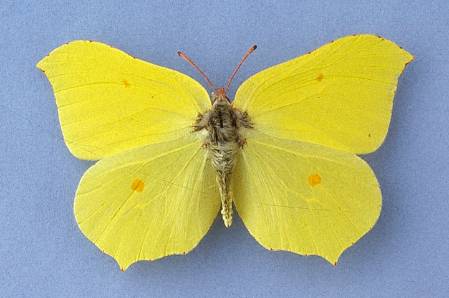Thanks to a collaboration between the Tropical Andean Butterfly Diversity Project (TABDP, which is a University College London, NHM and Darwin Initiative project) and the Butterflies of America project (BoA) , we now have a unique online archive of photographs of the type specimens of Neotropical butterflies - butterflies from the tropical areas of the Americas.

This project has a number of purposes and benefits.
- First, the list of butterflies is a checklist - a list used to define all the species found in a particular area. This is important because it summarises current knowledge of diversity: biodiversity scientists and conservation professionals know what has been found and what they should take account of in research. The act of compiling a checklist will often involve research and reorganisation of collections to reflect current knowledge
- Second, these are photographs of the type specimens - the definitive reference specimens used as authority for the use of a scientific name. These are housed in museums such as the NHM in a number of different locations. A virtual photographic collection allows scientists to see easily where the reference specimens are for use - and the photograph may be sufficient for some scientific uses. It also brings together specimens from different collections that would not otherwise be brought together without considerable cost.
- Third, the photographs can help in identification and mean that scientists and conservation workers in different parts of the Americas can use the resource as a reference - this may need some care and development of more complex identification resources, such as keys, but the pictures are an important resource nonetheless.
The great majority of these images are scans of print photographs taken by Gerardo Lamas over many years of research in museums throughout the world, and we are very grateful for his generosity in allowing them to be made available. Scanning and initial databasing of the prints was completed by TABDP, supported by the Darwin Initiative, and then given to BoA to be made available online. BoA's Nick Grishin designed and wrote the web pages that now display the images. Numerous other people deserve acknowledgement, including the curators of the museums where these types are housed and many other members of TABDP, BoA and other lepidopterists who contributed images, time and encouragement.




